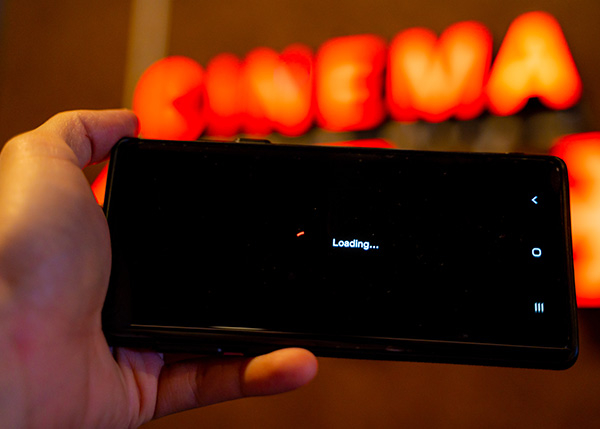A 250-employee organization spends an average of $1,234 per employee annually on mobile enablement, according to a 2022 Oxford Economics study. That includes the cost of the device, software, connectivity and management. Even BYOD programs cost $893 per employee.
There is a fair amount of waste hidden in these costs. For example, a lot of organizations spend money on unnecessary security tools because they haven’t configured and deployed the tools they have. Antivirus is an excellent example. Many organizations believe they need third-party antivirus software to protect mobile devices. In reality, they need to tune up and enable the tools that are built into the operating system.
Microsoft knows its products better than a third-party vendor, and spends more on security. In fact, Microsoft bought one of the world’s largest antivirus companies, which still operates as a separate entity. Its product is integrated into the Windows platform and provides far better security than any third-party tool. The same goes for the Apple and Android platforms — their native security is superior to anything a third-party vendor can deliver.



